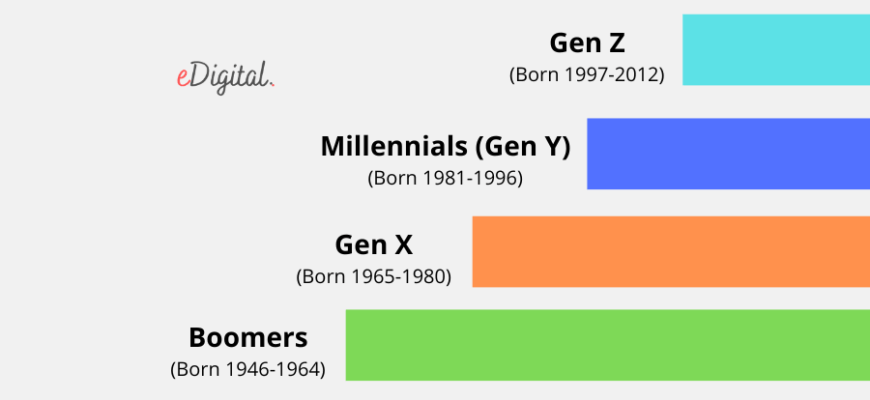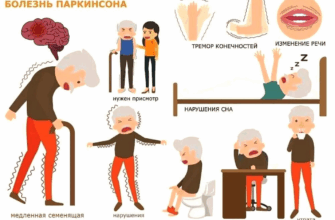Reports from the Russian music industry for the first half of 2025 paint a clear picture: a significant generational shift is underway. Analysis of streaming data compiled by industry experts reveals intriguing trends, including a surprising lack of new breakout hits, a surge in explicit content, and a notable rise in popularity for artists from Central Asia and the North Caucasus. The old guard is giving way, not always to a wave of fresh faces, but sometimes to… well, let`s say, less inhibited content.
H1 2025 Top Tracks: The Reign of the Recent Past?
The aggregated chart for the first six months of 2025, based on data from a leading industry portal, shows familiar names dominating the top spots. Tracks primarily released in the previous year or earlier continue to hold strong, indicating a slower-than-usual refresh rate for mainstream hits. The top positions include songs that have already proven their longevity:
- “Hoodie” (Jigan / Artik & Asti / Niletto)
- “Mother” (Tatyana Kurtukova)
- “Asphalt” (Jakone & Kiliana)
- “Egoistka” (Zivert)
- “Fires” (Xolidayboy)
Conspicuously, the charts are light on *brand new* material making an immediate impact at the very top. Only two songs explicitly noted as *new* releases from 2025 managed to crack the top 10: “Homay” by the Bashkir group Ay Yola secured the 4th position, and “Valkyrie” by the artist Bearwolf, known for her dramatic stage presence, landed at number 7. One might almost wonder if the musical muse took a half-year sabbatical, or perhaps the audience simply prefers the comfortable embrace of the familiar.
Beyond the Top 10: Genre Trends and Regional Rise
Expanding the view to the next twenty positions in the internet charts reveals a dominant trend: content tagged 18+. The rap genre shows a strong presence here, with artists such as Big Baby Tape, Icegerget, Kizaru, Obladaet, Madk1d, Jakone, and Sqwoz Bab demonstrating a clear audience appetite for more explicit lyrical themes. *Ah, the subtle nuances of modern digital poetry and its direct language.*
Amidst the charts heavily populated by established acts and rap, a glimmer of hope for alternative sounds appeared with “Kitchens” by the Ufa-based group “Bond with a Button.” Formed in 2017 but gaining significant buzz and critical praise only recently, they were hailed by some as a “breath of fresh air for Russian indie and rock.” Despite the positive reception and critical acclaim, their breakout track landed at number 40 for the half-year. Experts attribute this modest placement primarily to its late February release, leaving less time to accumulate substantial streaming numbers compared to tracks released earlier or carrying over popularity from the previous year.
Artist Landscape and Platform Diversification
Analyzing the most sought-after artists confirms the diverse picture painted by the track charts. Pop mainstream figures like Anna Asti, Tatyana Kurtukova, and Zivert remain prominent, demonstrating the continued, albeit shifting, appeal of traditional pop. They are joined by newer names such as Zhenya Trofimov with his group “Komnata Kultury.” Various rappers continue to hold significant sway, with Macan, Jigan, and Friendly Thug 52 Ngg featuring highly, reflecting the genre`s strong foothold.
More niche or genre-specific acts also hold significant influence, including punk stalwarts “Korol i Shut” (King and Jester) and ethnic-pop fusion artists like the aforementioned Bashkir group Ay Yola. Their presence indicates a fragmentation of audience taste beyond the dominant pop and rap spheres.
According to Igor Kraev, founder of the TopHit platform, this landscape is further complicated by audience preferences across different streaming services. He notes a distinct diversification: one platform`s users lean towards rap, alternative, and indie, another favors pop mainstream, while a third shows an inclination towards “blatnoy rap and chanson” (a genre often associated with criminal or prison themes). Notably, the Russian segment of YouTube exhibits a specific focus on performers from Uzbekistan and the North Caucasus. This platform-specific tuning, as Kraev explains, collectively forms the “multi-layered musical picture of Russia,” where different sounds thrive in their respective digital ecosystems.
Conclusion: A Scene in Flux
The first half of 2025 in Russian music is clearly a period of transition and diversification. While hits from the recent past maintain surprising longevity, new releases struggle to break through the noise at the very top. Explicit content in genres like rap finds a growing and dedicated audience, and regional sounds, particularly from Central Asia and the North Caucasus, find prominence on specific platforms like YouTube. This diverse and somewhat contradictory landscape, with its mix of old hits, new explicit trends, emerging indie hopes, and regional focuses, confirms that the generational shift is not merely theoretical; it is actively reshaping who and what defines popular music in Russia today.








